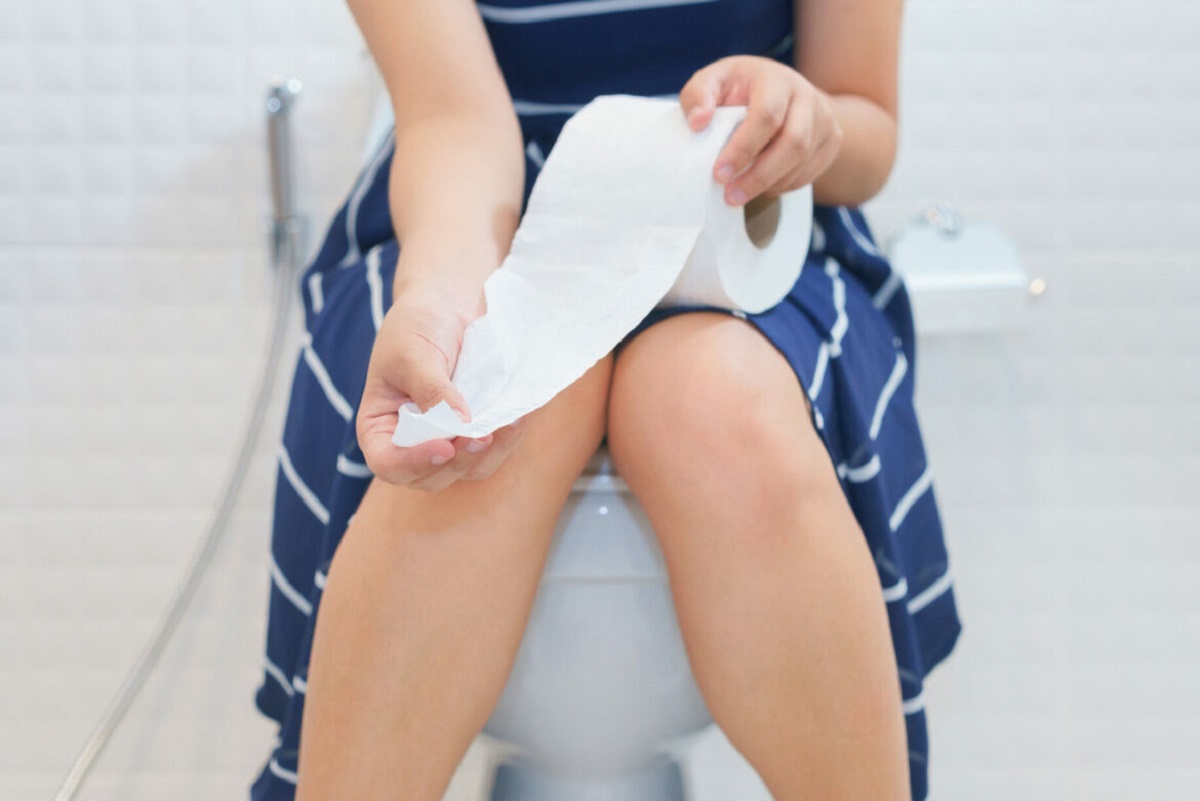

Articles
How To Sit On The Toilet Properly
Modified: August 28, 2024
Learn the proper way to sit on the toilet with our informative articles. Improve your bathroom habits and avoid discomfort.
(Many of the links in this article redirect to a specific reviewed product. Your purchase of these products through affiliate links helps to generate commission for Storables.com, at no extra cost. Learn more)
Introduction
Sitting on the toilet may seem like a straightforward task that requires no special skills or techniques. However, did you know that there is actually a correct way to sit on the toilet? It may seem surprising, but the way you position your body on the toilet can have a significant impact on your overall health and well-being.
In this article, we will delve into the importance of sitting on the toilet properly and provide you with helpful tips to ensure that you are maintaining the correct posture. Whether you’re aware of it or not, the position you assume while sitting on the toilet can affect various factors, from your intestinal health to your pelvic floor muscles. So, let’s dive in and discover the secrets of the perfect toilet sitting technique!
Key Takeaways:
- Proper toilet sitting posture is crucial for digestive health, pelvic floor support, and joint comfort. Find the right toilet height, keep feet flat, relax pelvic floor muscles, and avoid straining for a healthier bathroom experience.
- Special situations like pregnancy, postpartum recovery, and mobility limitations require tailored toilet sitting adjustments. Seek professional advice and use assistive devices for a safe and comfortable experience.
Read more: How To Sit Properly On Toilet Seat
Importance of Correct Toilet Sitting
Believe it or not, the way you sit on the toilet can greatly impact your digestive health. The correct sitting posture allows for optimal alignment of your digestive organs, ensuring efficient elimination and preventing potential issues such as constipation.
When you sit on the toilet incorrectly, such as leaning forward or hunching over, it can put strain on your abdominal muscles and disrupt the natural flow of waste through your intestines. This can lead to difficulties in emptying your bowels and can even contribute to the development of hemorrhoids.
Additionally, sitting with your legs crossed or elevated can also interfere with the functioning of your pelvic floor muscles. These muscles are responsible for supporting your bladder, uterus, and rectum. When they are not properly relaxed during elimination, it can result in incomplete emptying of your bowel or bladder, leading to urinary tract infections or other related issues.
Another factor to consider is the height of your toilet. Many standard toilets are too low for optimum comfort and can cause strain on your knees and hips. This is especially true for individuals with mobility issues or those who have undergone hip or knee surgeries. Finding the right toilet height or using an elevated toilet seat can alleviate this problem and reduce the risk of discomfort or injury.
So, whether you are concerned about maintaining good digestive health, preventing pelvic floor disorders, or reducing strain on your joints, it is essential to understand and implement the correct toilet sitting position.
Finding the Right Toilet Height
One of the key factors in sitting on the toilet properly is having the appropriate toilet height. Most standard toilets are designed with a height that may not be suitable for everyone, especially for individuals with mobility issues or joint problems.
If you find that your knees are higher than your hips when sitting on the toilet, it can create unnecessary strain on your joints and may even make it difficult for you to stand up afterwards. This is where finding the right toilet height becomes vital.
There are a few options available to adjust the height of your toilet. One option is to install an elevated toilet seat. These seats are specifically designed to raise the height of your toilet, making it more accessible and comfortable for individuals with different needs.
Alternatively, you can use a toilet seat cushion or a folded towel as a temporary solution to increase the height of your toilet seat. While these methods may not be as stable as an elevated seat, they can provide some relief if you are experiencing discomfort while using the toilet.
If you are unsure about the appropriate toilet height for your specific needs, consulting with an occupational therapist or a healthcare professional can provide you with valuable guidance. They can assess your unique situation and recommend the best solution to ensure a comfortable and strain-free toilet experience.
Keep in mind that finding the right toilet height is crucial not only for your current comfort but also for preventing long-term joint problems or worsening existing conditions. So, take the time to evaluate your toilet’s height and make the necessary adjustments to ensure a healthier and more comfortable toilet experience.
Adjusting Your Sitting Position
Now that you have found the right toilet height, let’s focus on adjusting your sitting position to ensure proper alignment and minimize strain on your body.
First, start by positioning yourself towards the back of the seat. This helps to maintain a more natural and relaxed posture. You want to avoid leaning forward or slouching as this can put unnecessary pressure on your abdominal muscles and disrupt bowel movements.
Next, keep your feet flat on the ground. This helps to ensure stability and allows for optimal alignment of your hips and spine. If your feet don’t reach the ground, consider using a footrest or a sturdy stool to support your feet. This will help to maintain a more natural and comfortable position during toilet use.
It’s also important to relax your pelvic floor muscles while sitting on the toilet. Tension in these muscles can hinder proper elimination and contribute to urinary or bowel issues. Take a few deep breaths and consciously release any tension in your pelvic floor muscles. This will encourage a more effective and relaxed elimination process.
Additionally, avoid straining or pushing excessively during bowel movements. Straining can lead to hemorrhoids, anal fissures, or other complications. Instead, try to allow gravity to naturally assist in the elimination process. If you find yourself struggling, take a break and try again later when your body feels more ready.
Finally, take your time while sitting on the toilet. Rushing through the process can lead to incomplete bowel movements and leave you feeling unsatisfied. Allow yourself the time needed for a thorough elimination to promote better digestive health.
By adjusting your sitting position and following these simple guidelines, you can improve your comfort, promote healthy bowel movements, and reduce the risk of developing any toilet-related issues.
Keeping Your Feet Flat on the Ground
When it comes to sitting on the toilet properly, one often overlooked aspect is the position of your feet. Keeping your feet flat on the ground while on the toilet can significantly improve your posture and overall comfort.
When your feet are elevated or not firmly supported, it can cause misalignment in your hips, pelvis, and spine. This misalignment can put unnecessary strain on your back, leading to discomfort and potential long-term issues.
Here are some tips to help you keep your feet flat on the ground while using the toilet:
- Ensure that your toilet is at the right height for your body. Refer to the previous section on finding the right toilet height for more information.
- If your feet don’t reach the ground, use a footrest or a sturdy stool to support them. This will help maintain a natural position and align your hips and spine.
- Place your feet shoulder-width apart on the footrest or the ground. This helps distribute your weight evenly and promotes optimal alignment.
- Try to relax your leg muscles while keeping your feet flat on the ground. Tension in your legs can create discomfort and strain on your back.
- Consider using a non-slip mat on the floor to provide additional stability for your feet. This can prevent any slips or falls that may occur due to a slippery bathroom floor.
By keeping your feet flat on the ground, you maintain a stable and balanced position while sitting on the toilet. This allows for better alignment of your pelvic floor muscles, improves blood circulation, and reduces the risk of strain or injury.
Remember, maintaining proper foot position is not only important for your comfort during toilet use but also contributes to better overall posture and spine health. So, make it a habit to keep your feet flat on the ground every time you sit on the toilet.
When sitting on the toilet, make sure your feet are flat on the ground to help relax the pelvic floor muscles and promote easier bowel movements.
Read more: How To Sit In A Hammock
Maintaining Proper Spine Alignment
Proper spine alignment is essential not only for overall posture but also for maintaining optimal comfort and preventing strain while sitting on the toilet. When your spine is in alignment, it helps distribute your bodyweight evenly and reduces the risk of developing back and neck pain.
Here are some tips to help maintain proper spine alignment while using the toilet:
- Sit up straight and avoid slouching or leaning forward. Keep your back against the backrest of the toilet seat to support your spine.
- Relax your shoulders and avoid tensing them upward. Let them naturally fall into a relaxed position.
- Engage your core muscles slightly to support your spine. This can help maintain stability and prevent excessive strain on your back.
- Consider using a cushion or a towel behind your lower back for additional support. This can help maintain the natural curve of your spine and promote better alignment.
- Avoid twisting your torso or contorting your spine while sitting on the toilet. These movements can lead to strain and discomfort.
By maintaining proper spine alignment, you reduce the risk of developing back pain and improve overall comfort while using the toilet. It is also important to carry these habits into your everyday sitting posture, as proper spine alignment supports a healthy back and prevents long-term issues.
Remember, investing in your spinal health while sitting on the toilet is a small but essential step to maintaining overall well-being. So, pay attention to your posture and make conscious efforts to keep your spine properly aligned.
Relaxing Your Pelvic Floor Muscles
The pelvic floor muscles play a crucial role in supporting the organs in your pelvis, including the bladder, uterus, and rectum. It is essential to relax these muscles while sitting on the toilet to promote healthy elimination and prevent pelvic floor disorders.
Here are some tips to help you relax your pelvic floor muscles while using the toilet:
- Take slow, deep breaths. Breathing deeply can help relax your pelvic floor muscles and release any tension.
- Focus on consciously relaxing your pelvic floor muscles. This can be done by imagining them gently releasing and letting go.
- Avoid straining or pushing forcefully during bowel movements. Straining can cause tension in the pelvic floor muscles and increase the risk of developing pelvic floor disorders, such as pelvic organ prolapse or urinary incontinence.
- Allow yourself enough time to fully empty your bladder and bowels. Rushing can lead to incomplete emptying and may cause urinary or bowel retention issues.
- If you find it challenging to relax your pelvic floor muscles, you may benefit from seeking guidance from a pelvic floor physical therapist. They can provide exercises and techniques to help you learn how to properly relax and strengthen these muscles.
By consciously focusing on relaxing your pelvic floor muscles while sitting on the toilet, you can promote healthy elimination and reduce the risk of pelvic floor disorders. Taking the time to practice these techniques and incorporating them into your bathroom routine can have long-lasting benefits for your pelvic health.
Remember, proper relaxation of the pelvic floor muscles is essential for maintaining optimal pelvic health. So, make it a habit to consciously relax these muscles every time you use the toilet.
Taking Your Time and Avoiding Straining
When it comes to using the toilet, it’s important to take your time and avoid straining. Rushing or exerting excessive force can lead to various issues, including hemorrhoids, anal fissures, and pelvic floor disorders. Here are some tips to help you have a smooth and strain-free bathroom experience:
- Relax and allow yourself enough time to fully empty your bowels and bladder. Avoid the urge to rush through the process.
- Ensure you are adequately hydrated and incorporate fiber-rich foods into your diet. This can help promote regular bowel movements and reduce the need for straining.
- Consider using a squatting position on the toilet. Elevating your feet on a footrest or using a squatting platform can help align your body in a more natural position for easier elimination.
- Listen to your body’s natural cues. Avoid forcing bowel movements if you do not feel the urge. Instead, wait for the natural urge to pass.
- If you find it difficult to have regular bowel movements or experience persistent straining, it is advisable to consult with a healthcare professional who can provide further guidance and recommendations.
Remember, straining during bowel movements can cause unnecessary pressure on your pelvic region and contribute to long-term complications. By taking your time, eating a healthy diet, and allowing your body to naturally perform its elimination process, you can promote digestive health and reduce the risk of discomfort and strain.
Lastly, it’s important to create a relaxing atmosphere in the bathroom. Eliminate distractions and take advantage of this time to unwind and destress. Your body and mind will thank you for it!
Recommendations for Special Situations
In certain situations, such as pregnancy, postpartum recovery, or mobility limitations, additional considerations may be necessary to ensure a comfortable and safe toilet experience. Here are some recommendations for special situations:
- Pregnancy: As pregnancy progresses, it can become challenging to find a comfortable sitting position on the toilet due to the growing belly. Consider using a cushion or a stool to support your back and feet. Additionally, leaning slightly forward can help alleviate pressure on your lower back and promote easier elimination.
- Postpartum Recovery: If you have recently given birth, it is important to take extra care while sitting on the toilet to support your healing body. Utilize pillows or a cushioned seat to provide comfort and alleviate any discomfort or pressure on your perineal area. Be gentle and take your time during bowel movements to avoid putting strain on your healing muscles.
- Mobility Limitations: For individuals with mobility limitations or disabilities, it may be necessary to use assistive devices such as grab bars, raised toilet seats, or toilet frames to enhance stability and accessibility. Seek assistance from a healthcare professional or occupational therapist who can provide specific recommendations based on your needs.
- Elderly Individuals: Older adults may experience decreased mobility, balance issues, or muscle weakness, making it necessary to ensure a safe and supportive toilet environment. Installing grab bars near the toilet and using raised toilet seats can enhance stability and ease of use. Consider using a handheld bidet or wipe assist devices to facilitate hygiene while maintaining independence.
It’s important to cater to individual needs and seek professional advice when necessary to ensure a safe and comfortable toilet experience for those in special situations. Consulting with a healthcare professional or occupational therapist can provide personalized recommendations and assistive devices to address specific needs.
Remember, everyone’s situation is unique, and it’s essential to prioritize safety, comfort, and dignity while using the toilet, regardless of any special circumstances.
Read more: How To Sit On A Bidet
Conclusion
Sitting on the toilet may seem like a simple and mundane task, but taking the time to learn and implement the correct sitting techniques can have a significant impact on your overall well-being. From maintaining proper spine alignment to relaxing your pelvic floor muscles, these small adjustments can contribute to better digestive health, prevent discomfort, and reduce the risk of developing pelvic floor disorders.
Remember to find the right toilet height that suits your body, keeping your feet flat on the ground for better stability and alignment. Adjust your sitting position to maintain a relaxed posture and take your time while avoiding straining during bowel movements. These practices promote healthy elimination and reduce the risk of complications like hemorrhoids or urinary issues.
In special situations such as pregnancy, postpartum recovery, or mobility limitations, additional considerations can greatly enhance comfort and accessibility. Seeking professional guidance and implementing appropriate modifications will ensure a safe and comfortable toilet experience.
By making these adjustments a part of your routine, you prioritize your physical health and promote a more enjoyable and efficient bathroom experience. Remember to listen to your body, relax, and take your time. The simple act of sitting on the toilet properly can have long-term benefits for your overall well-being.
So, the next time you find yourself in the bathroom, remember the importance of correct toilet sitting. Take the opportunity to care for your body, maintain good posture, and treat the experience as a moment of self-care. Your body will thank you for it!
Frequently Asked Questions about How To Sit On The Toilet Properly
Was this page helpful?
At Storables.com, we guarantee accurate and reliable information. Our content, validated by Expert Board Contributors, is crafted following stringent Editorial Policies. We're committed to providing you with well-researched, expert-backed insights for all your informational needs.



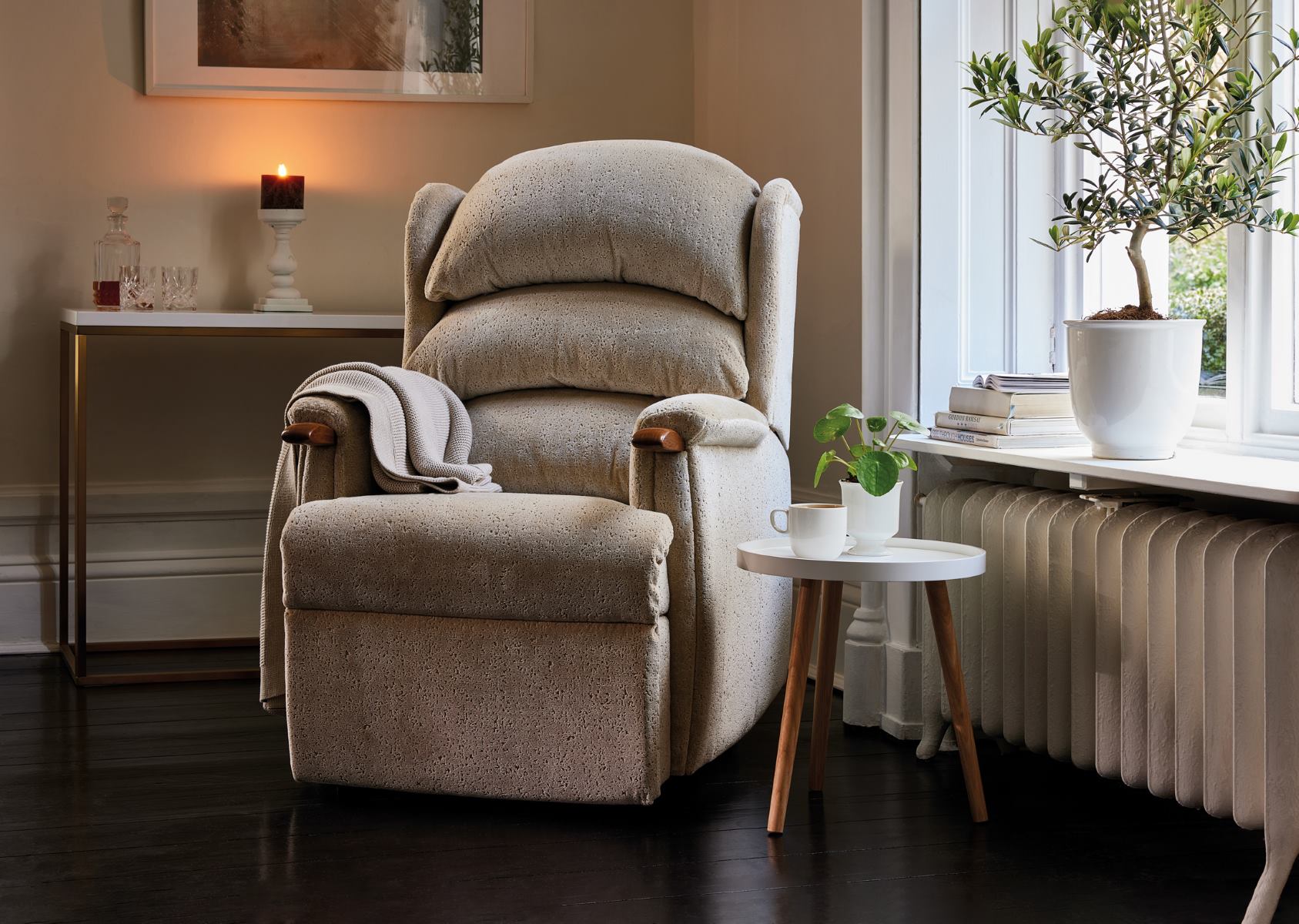
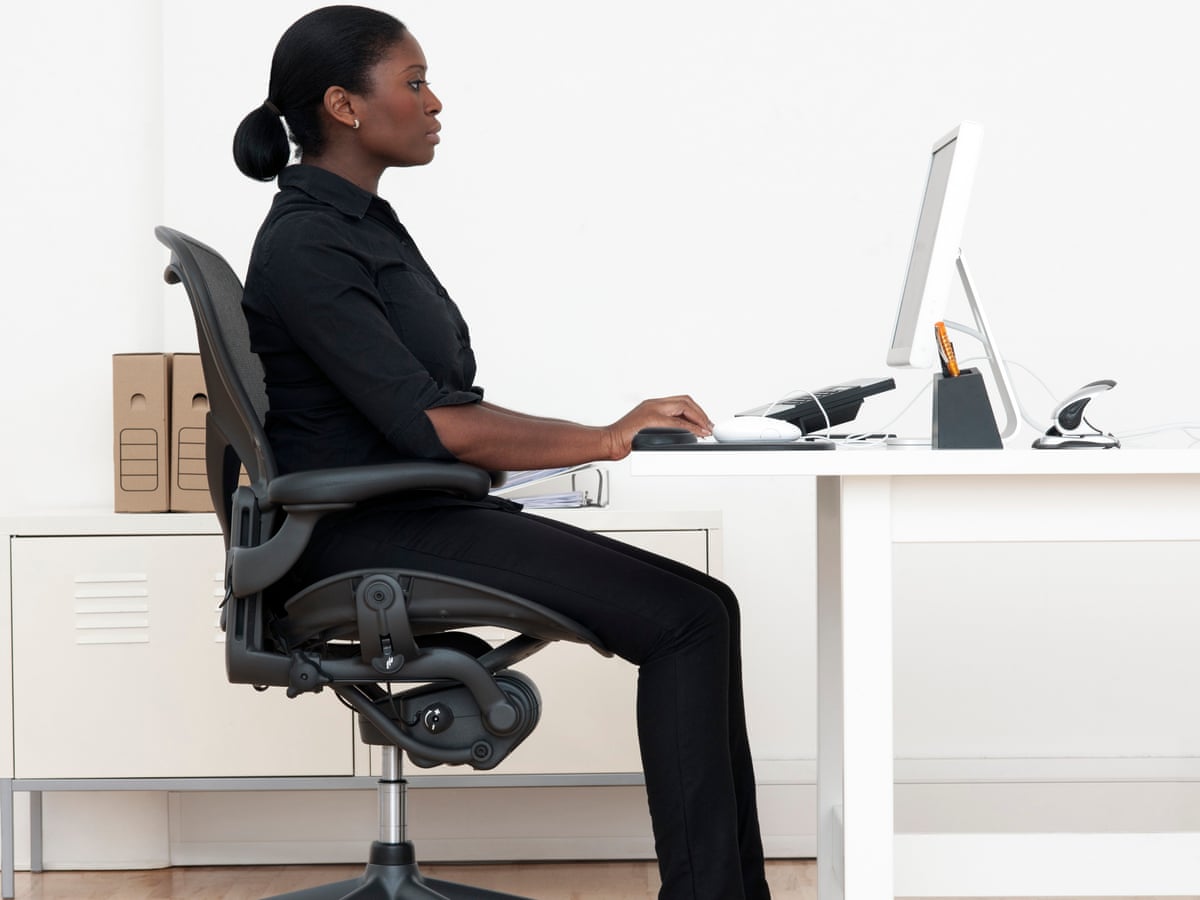

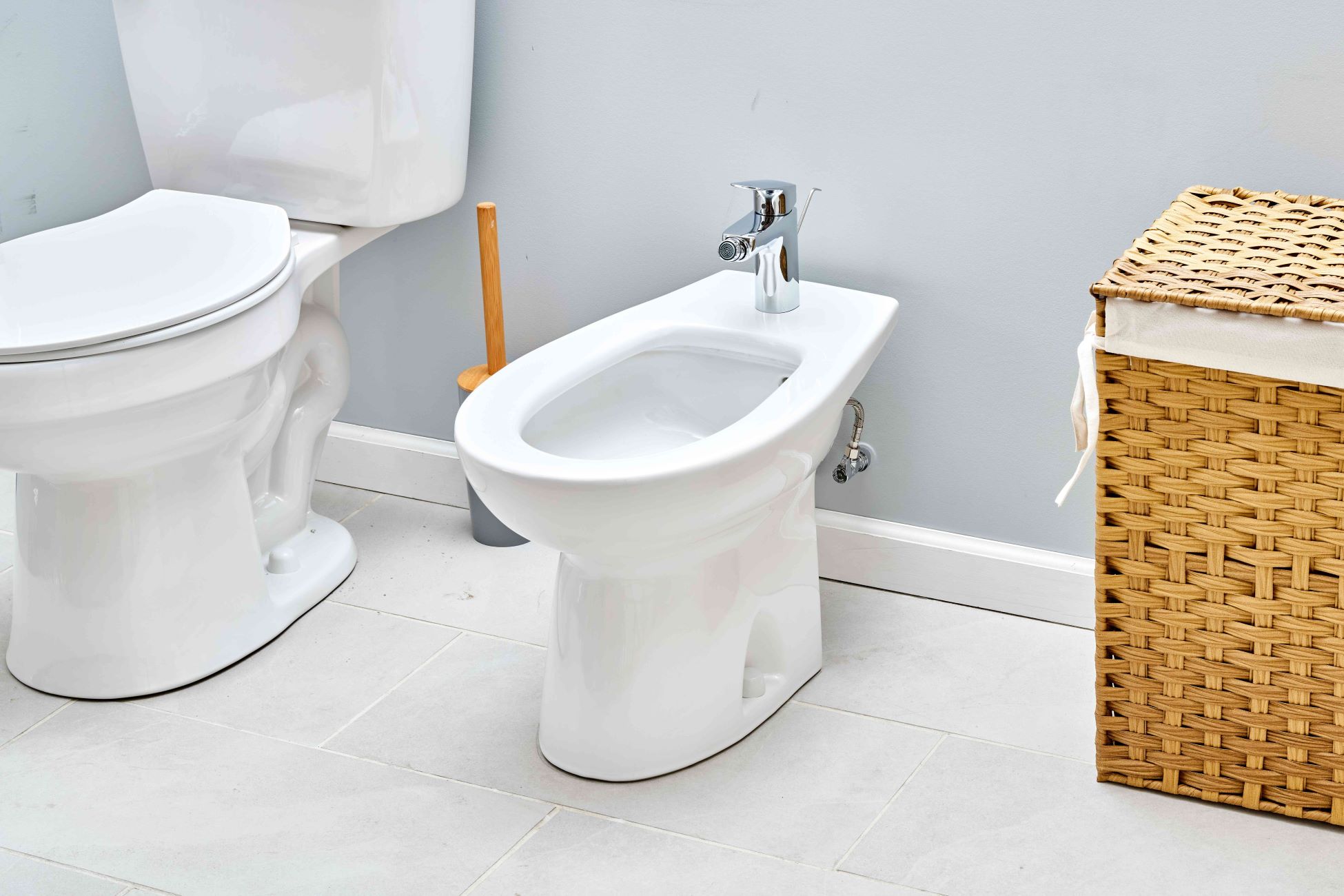


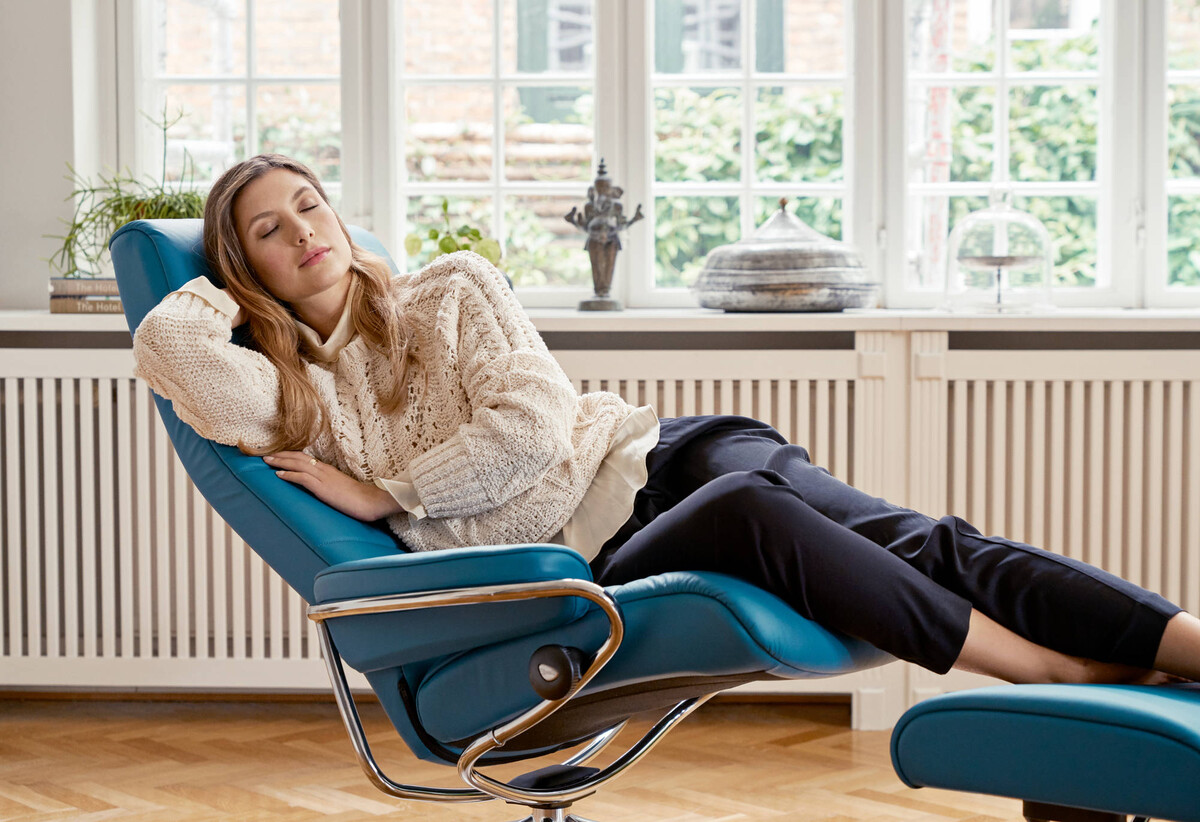




0 thoughts on “How To Sit On The Toilet Properly”